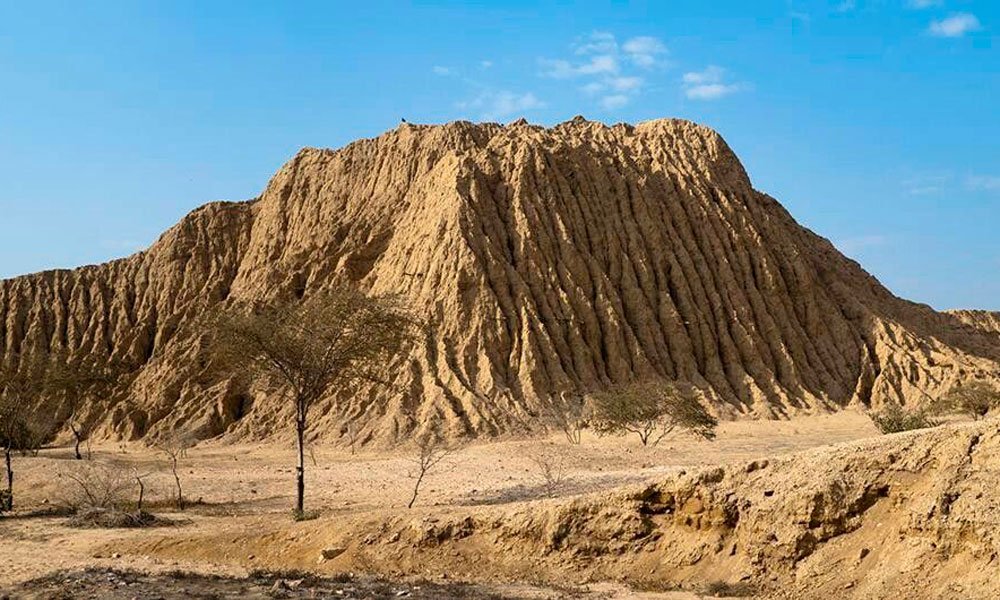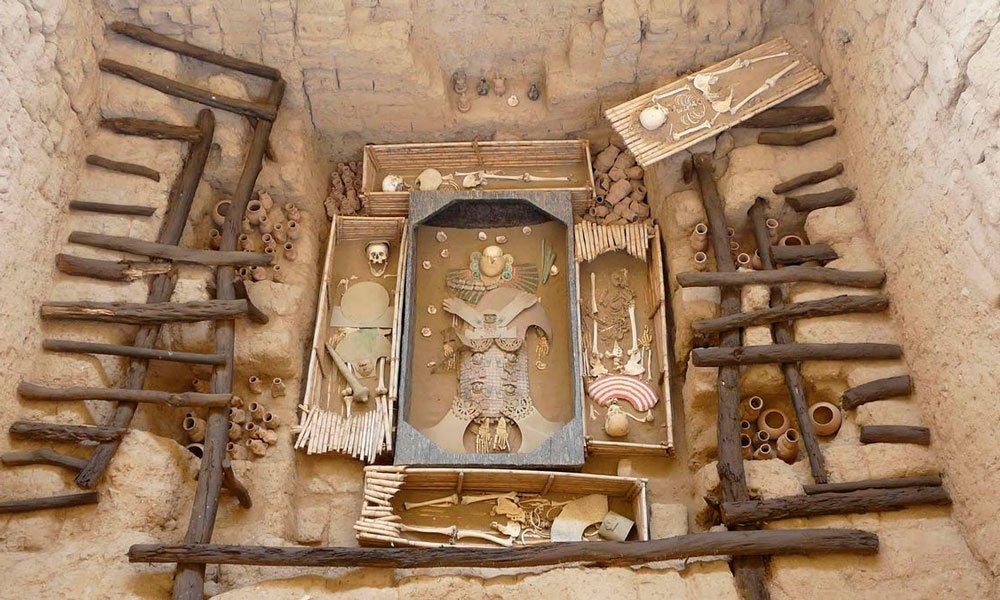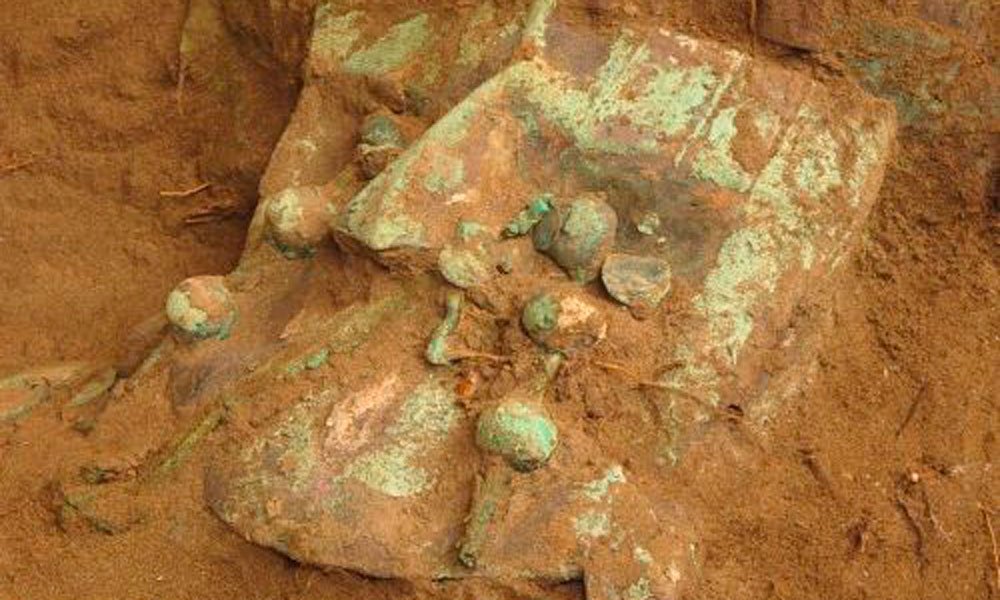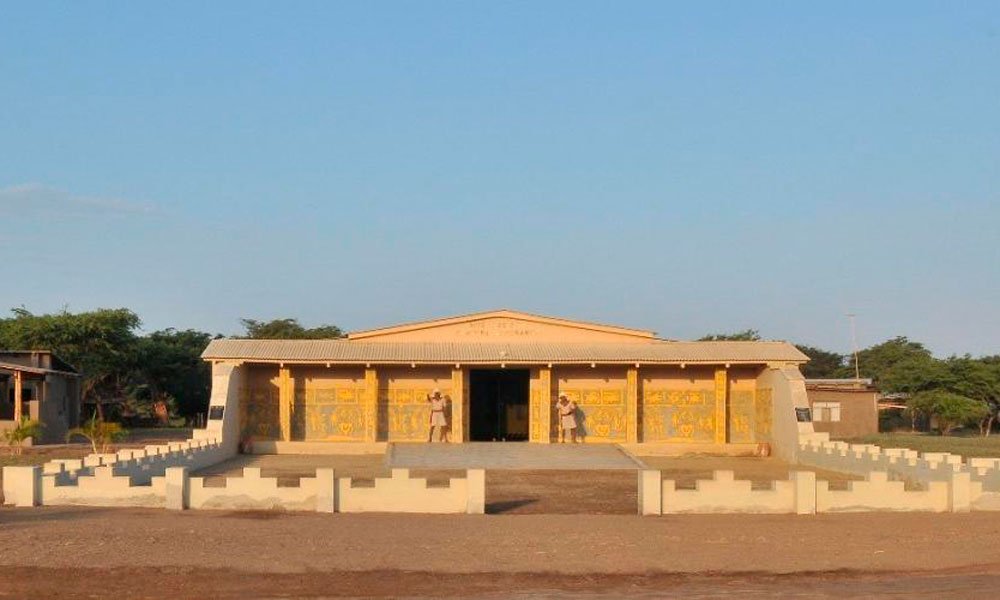Huaca Chotuna Archaeological Complex

What is it?
A mysterious site belonging to the Lambayeque culture, much of its construction remains intact to this day, including its pyramid-shaped monuments, better known as Sacred Huacas. The Huaca Chotuna Archaeological Complex is a group of architectural remains in the form of stepped pyramids. In the complex, we can see palaces and walled enclosures built in adobe, covering an area of 95 hectares. The surface is formed by stable dunes, and it is possible that these same dunes may have completely covered buildings or minor architectural features such as cemeteries and dwellings, given the evidence of areas where human remains, scattered pottery, and intense domestic activity can be seen.
Currently, the site is surrounded by farmland.
FACT
Its main construction is a stepped pyramid about 40 meters high, and we can also find areas such as the Huaca de los Frisos, Huaca de los Sacrificios, Templo de la Ola Antropomorfa, and the main Huaca called Chornancap, each with unique structures of the culture that inhabited and developed between 700 and 1300 AD. It was later occupied by the Chimú culture, then by the Incas, and finally by the Spanish in 1535.
After 100 years of research, it was not until 2011 that the tomb of the Priestess of Chornancap, ruler of the Lambayeque culture, was found. The discovery was a worldwide sensation.

LOCATION
The archaeological complex is located 10 kilometers from the city of Lambayeque, approximately 4.5 kilometers from the San José beach, in the district and province of Lambayeque. Located on the northern coast of Peru,
WHAT ELSE CAN WE VISIT IN THE ARCHAEOLOGICAL COMPLEX?
As a result of archaeological research, we can find the Site Museum of the Chotuna-Chornancap Archaeological Complex, which was inaugurated on December 19, 2009.
The infrastructure of the Chotuna-Chornancap Site Museum is inspired by what could have been the facade of the Temple of the Frises, located in Huaca Gloria. An entrance was built to give the impression of entering a temple belonging to pre-Hispanic architecture.
Inside the museum, we can appreciate the thematic layout, which initially shows the geographical area and the researchers who have worked in the Lambayeque region over the last 100 years.
The Chotuna Archaeological Complex is the emblematic center of the legend of Naylamp, while the Site Museum provides an overview of this important Lambayeque legend.

WHO WAS NAYLAMP IN THE LAMBAYEQUE CULTURE?
Naylamp was the legendary founder of the Sicán or Lambayeque Kingdom in the 9th century AD. It is said that Naylamp arrived in Lambayeque on a boat with all his people, who considered him a supreme and powerful being.
They say that when he died, he was deified by his children. They said that Naylamp was immortal and that he decided to become a bird, returning to his place of origin. For many years he lived in tranquility and peace, and had more than 10 children or successors. Naylamp had his own staff for all domestic areas, agriculture, and pottery.
HOW TO GET TO THE HUACA CHOTUNA-CHORNANCAP ARCHAEOLOGICAL COMPLEX?
To get to this beautiful place, you have two options: go from San José or from Lambayeque.
- First option:
If you are traveling on your own, you can take a bus that goes to the archaeological site or take a private motorcycle taxi to and from the San José district. - Second option:
From Lambayeque, take a motorcycle taxi from San Martin Park to the entrance of the archaeological site for approximately 15 soles. The trip takes about 20 minutes.
The archaeological site and museum can be visited in approximately 2 hours.

ENTRANCE FEE
- Adults: S/ 8.00.
- University and non-university students: S/ 4.00.
- Preschool, elementary, and middle school students, and children up to 12 years old: S/ 1.00.
RECOMMENDATIONS
Here are some basic tips for your trip to the Huaca Chotuna-Chornancap archaeological complex.
- Bring a camera – There are hundreds of things to photograph in terms of architecture and history, but you will also be in a city where you can take great portraits of everyday life.
- Don’t forget sunscreen, a hat, sunglasses, and plenty of water.
- Wear light, warm clothing.
- It is important to bring cash (soles).
- Wear comfortable walking shoes.
- Don’t forget to bring your personal documents.
- If you are unsure about getting there on your own or have any questions, ask the locals for help; they are very friendly.
- In Lambayeque itself, you can book the tour at a very affordable price.
- Finally, support the local economy by buying handicrafts, ceramics, and food.
